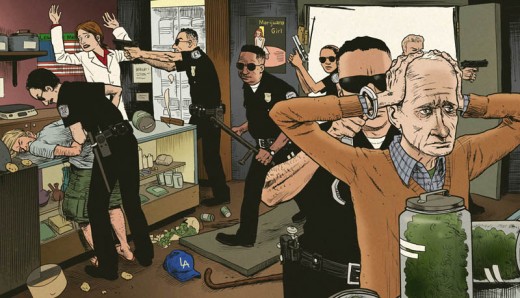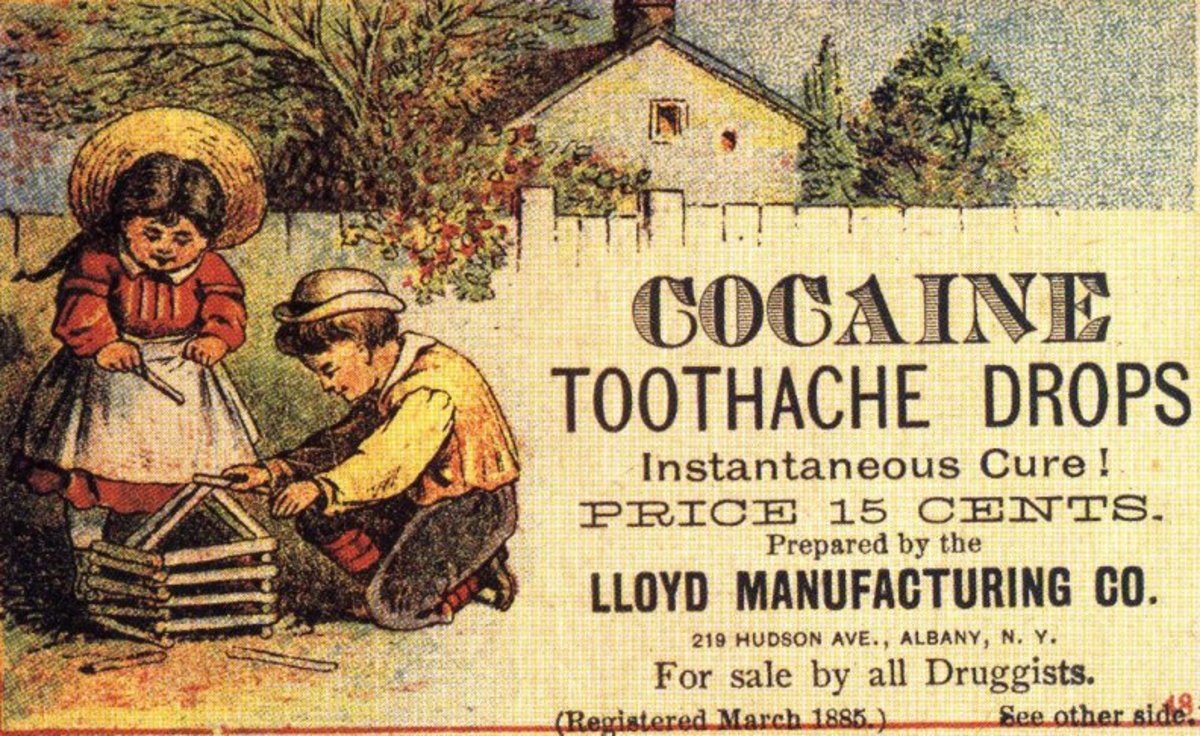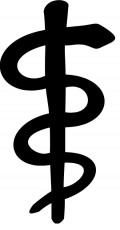Cannabis Prohibition: The End is Near.
Cannabis is indigenous to Central and South Asia. The first evidence of inhalation of cannabis smoke by humans can be dated back to the third millennium BC. Charred cannabis seeds were found at a ritual brazier at an ancient burial site in present day Rome. Cannabis was also known to the ancient Assyrians and the Aryans who mainly used it for its psychoactive properties, inhaling the smoke at religious ceremonies to induce a state of trance. The ancient Hindus of India and Nepal gladly benefited from the many uses of Cannabis thousands of years ago, as well as the Scythians, Thracians, Dacians and Dionysus tribes to name a few. One writer has even claimed that cannabis was used as a religious sacrament by ancient Jews and early Christians.
Regulations and restrictions on the sale and use of cannabis can be dated back to as early as 1860. Increased restrictions and labeling of cannabis as a poison began in many states in 1906 and outright prohibitions began in the 1920s.
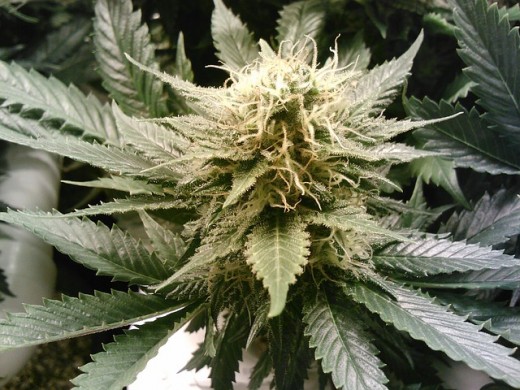
The National Conference of Commissioners on Uniform State Laws developed the Uniform State Narcotic Drug Act in 1934. The purpose of the act was to make the law uniform in various states with respect to controlling the sale and use of narcotic drugs. The first four drafts of the act were denied, mainly due to the section dealing with marijuana. In the fifth and final draft, marijuana was removed from the definition of "habit forming drugs" and any state wishing to regulate sale and possession of marijuana was instructed to simply add cannabis to the definition of "narcotic drugs", which meant all the other provisions of the act would apply to marijuana as well as opiates and cocaine. Dr.William Creighton Woodward, legislative counsel for the American Medical Association objected to the bill. He claimed it had been drafted in secret and that the AMA had not had time to prepare an argument against the act and doubted Aslinger's outlandish claims that it was addictive or that it induced violence.
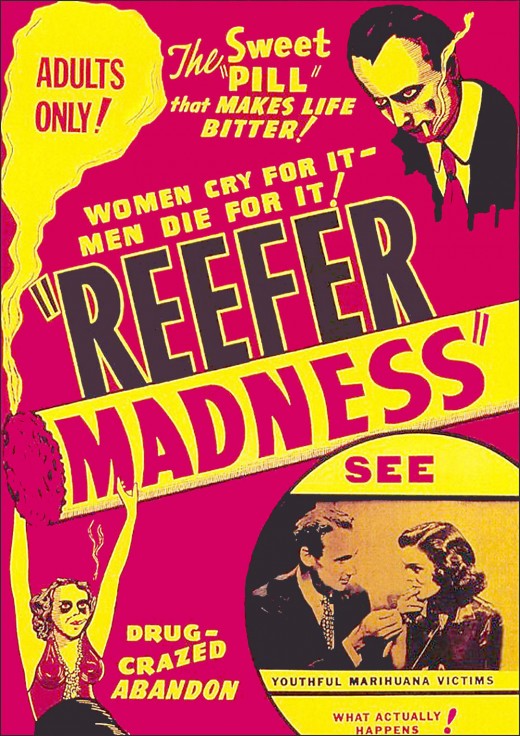
Initially, only nine states adopted the Act. Harry J. Anslinger, a member of the Federal Bureau of Narcotics who had campaigned and lobbied for passage of the Uniform State Narcotic Act, launched a nationwide media campaign declaring that marijuana causes temporary insanity. The advertisements featured young people smoking marijuana and then behaving recklessly, committing crimes, killing themselves and others, and dying from marijuana use. The propaganda campaign was a success. Shortly after Anslinger's campaign, all states signed on to the Act. In 1937, a tax was added to the sale and distribution of Cannabis. This is known to most as the 'Marihuana Tax Act of 1937', which was drafted by Harry Anslinger.
Shortly after the 1937 Marihuana Tax Act went into effect on October 1, 1937, the Federal Bureau of Narcotics and Denver City police arrested the first two people for dealing and possession, Moses Baca and Samuel Caldwell, because they had not been paying the marijuana tax. Judge Foster Symes sentenced Baca to 18 months and Caldwell to four years in Leavenworth Penitentiary for violating the 1937 Marihuana Tax Act. This was the first conviction ever for marijuana possession.
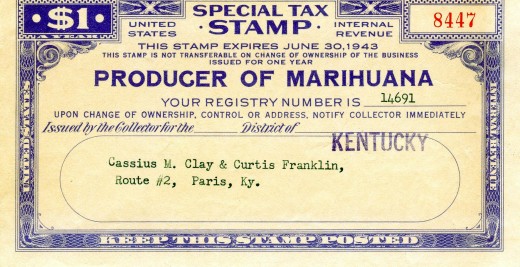
Some wonder why Anslinger was so diligent to make marijuana out as such a dangerous drug, but many are convinced it is because the legalization of hemp (which comes from the marijuana plant) for industrial purposes would have destroyed the paper industry. Harry Anslinger took advantage of the fact that most people at the time were ignorant to the difference between hemp and marijuana and grouped them together as the same substance.
In 1952 the Boggs Act was passed, which superseded the 1937 act. The act now carried a mandatory jail sentence for the first time for marijuana possession. The Boggs act stated possession now carried a minimum of two to ten years in jail with a fine up to $20,000 USD if they had not paid the marijuana tax. In 1969 the Boggs Act was repealed, because it was believed to be violating the fifth amendment. This was quickly replaced with the Comprehensive Drug Abuse and Controlled Substance Act in 1970, signed into law by President Richard Nixon. This act labeled marijuana as a Schedule One Drug.
A Schedule One drug is labeled as a substance that has a high potential for abuse and has no medicinal value. Marijuana is listed in the same category as heroin, while methamphetamine (Desoxyn) and cocaine are labeled in a less severe category as a Schedule Two drug, which is currently accepted for medical use with severe restrictions. The Controlled Substance Act now made any possession or harvesting marijuana illegal in the United States. Harry J. Anslinger finally got his wish.
The Controlled Substances Act, D.E.A. Drug Schedules
Schedule I
| Schedule II
| Schedule III
| Schedule IV
| Schedule V
| |
|---|---|---|---|---|---|
Substances or chemicals that are defined as drug with no currently accepted medical use and a high potential for abuse. The most dangerous drugs of all the drug schedules with potentially severe psychological or physical dependence.
| Substances or chemicals that are defined as a drug with a high potential for abuse, less abuse potential than Schedule I drugs, with use potentially leading to severe psychological or physical dependence. These drugs are also considered dangerous. Currently excepted for medical use.
| Substances or chemicals that are defined as drugs with a moderate to low potential for physical and psychological dependence. Schedule III drugs abuse potential is less than Schedule I and Schedule II drugs but more than Schedule IV.
| Substances or chemicals are defined as drugs with a low potential for abuse and low risk of dependence.
| Substances or chemicals are defined as drugs with lower potential for abuse than Schedule IV and consist of preparations containing limited quantities of certain narcotics. Schedule V drugs are generally used for antidiarrheal, antitussive, and analgesic purposes.
| |
Commonly "abused" drugs. (Not a complete list):
| Commonly "abused" drugs. (Not a complete list):
| Commonly "abused" drugs. (Not a complete list):
| Commonly "abused" drugs. (Not a complete list):
| Commonly "abused" drugs. (Not a complete list):
| |
Heroin, LSD, Cannabis, Ecstasy, Methaqualone, and Peyote
| Cocaine, Methamphetamine (Desoxyn), Methadone, Dilaudid, Demerol, Oxycodone, OxyContin, Fentanyl, Dexedrine, Adderall, and Ritalin.
| Combination products with less than 15 milligrams of hydrocodone per dosage unit (Vicodin), Products containing less than 90 milligrams of codeine per dosage unit (Tylenol with codeine), Ketamine, Anabolic Steroids, Testosterone.
| Xanax, Soma, Darvon, Darvocet, Valium, Ativan, Talwin, Ambien.
| Cough preparations with less than 200 milligrams of codeine or per 100 milliliters (Robitussin AC), Lomotil, Motofen, Lyrica, Parepectolin.
|
In this new millennium, many doctors have started to accept the numerous, amazing, medicinal benefits of marijuana thanks to many rigorous hours of research done by dedicated scientists. Now even more people are accepting it as a safe substance for people to use medicinally and/or recreationally in the United States.
To this day, the Federal Government refuses to declassify marijuana as a Schedule One drug, and at the very least, lessen it to a Schedule Two drug, so it can be recognized as a drug that indeed has many medicinal benefits!
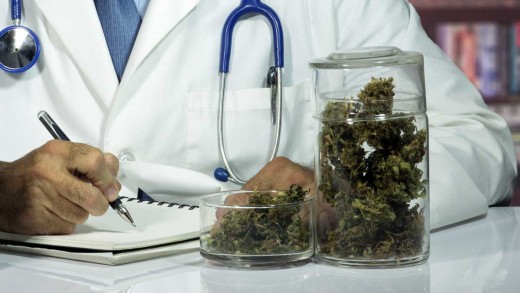
Medicinal Benefits of Cannabis
- *Cancer: It is amazing what cannabis can do for cancer. It has proven to be effective against dozens of different cancers including, brain, liver, breast, heart, lung, blood, prostate, oral, and pancreatic cancer. It reduces cancerous cell and tumor growth in all types of cancer and helps stop the cancer from spreading to other parts of the body. More studies than I can count even claim the combination of THC and CBD can cure certain cancers.
- HIV/AIDS; can improve immune function and decrease HIV reproduction in the body, decreases pain (muscle and nerve), and helps involuntary anorexia that can be associated with AIDS.
- Stroke; studies have shown that cannabis can reduce the size of the area affected by the stroke
- Alzheimer's Disease; slows the formation of amyloid plaques that cause Alzheimers and blocks the enzyme in the brain that makes them.
- Parkinson's Disease; improves motor skills, improves sleep, and significantly decreases pain and tremors.
- Seizure disorders; such as epilepsy and Darvet's syndrome. It can control seizures by binding to the brain cells that control and regulate excitability and relaxation.
- Crohn's Disease; A study in Israel revealed that smoking a joint significantly reduced symptoms in 10 out of 11 patients, and caused a complete remission in five of those patients. It helps regulate the bacteria in the gut and helps intestinal function.
- Muscle Spasm Disorders; such as Leeuwenhoek Disorder which can cause non stop spasming in the abdominal muscles, which is obviously painful, but can cause troubles with breathing or speaking. Cannabis is proven to relax abdominal muscle, among many others.
- Chronic or acute pain; neuropathy, fybromyalgia, rheumatoid arthritis, muscle pain, migraines, injuries due to trauma, joint paint, broken or fractured bones, etc.
- Nausea and vomiting
- Multiple Sclerosis; relieves spasticity.
- Glaucoma; lowers intraocular pressure and decreases pain.
- Inflammatory Bowel Disease; THC and cannabidiol, interact with cells in the body that play an important role in gut function and immune responses.
- Anxiety; can act as a sedative in low to moderate doses
- And many more...
One by one, many states in the U.S. are beginning to pass the recreational and/or medicinal use of cannabis. Colorado and Washington are the first two states to have legalized cannabis for recreational use. Twenty eight states have legalized the medicinal use of Cannabis as of 2016. Seven states and the District of Columbia have legalized the recreational use of marijuana. A telephone poll by the Pew Research Center also found that 75 percent of people believed the legalization of cannabis nationwide was inevitable. They also discovered that 39 percent of respondents said pot should be legal for personal adult use. 40 percent of those surveyed said it should be legal only for medicinal use. Only 16 percent said it should not be legal at all. Another study found that 68 percent of Americans believe cannabis is safer than alcohol.
So is it inevitable that one day marijuana will be legalized nationwide in the United States? I say with out a doubt, yes. But under Federal law marijuana is still illegal in every state in the U.S. This leaves medical dispensaries open to raids that leave some of their businesses and livelihoods in shambles. It also makes it quite difficult to even open up a reputable medical dispensary it most states due to the extremely heavy restrictions. Most states that have legalized marijuana for medicinal use do not even have dispensaries located in their state. Others have so few, many ill patients are not able to find transportation to receive their medication. This leaves many medicinal marijuana patients with only two options; to buy from a licensed caretaker or purchase their medication on the black market. Unfortunately because there are also very heavy restrictions on caretakers and the amount of plants they are allowed to grow, the black market still thrives with patients with a marijuana card that cannot find anywhere else to buy the medication recommended by their doctor. The state laws completely disagreeing with the federal laws has to end. It is up to the people of the United States of America to force the Federal Government to change their stance on marijuana.
